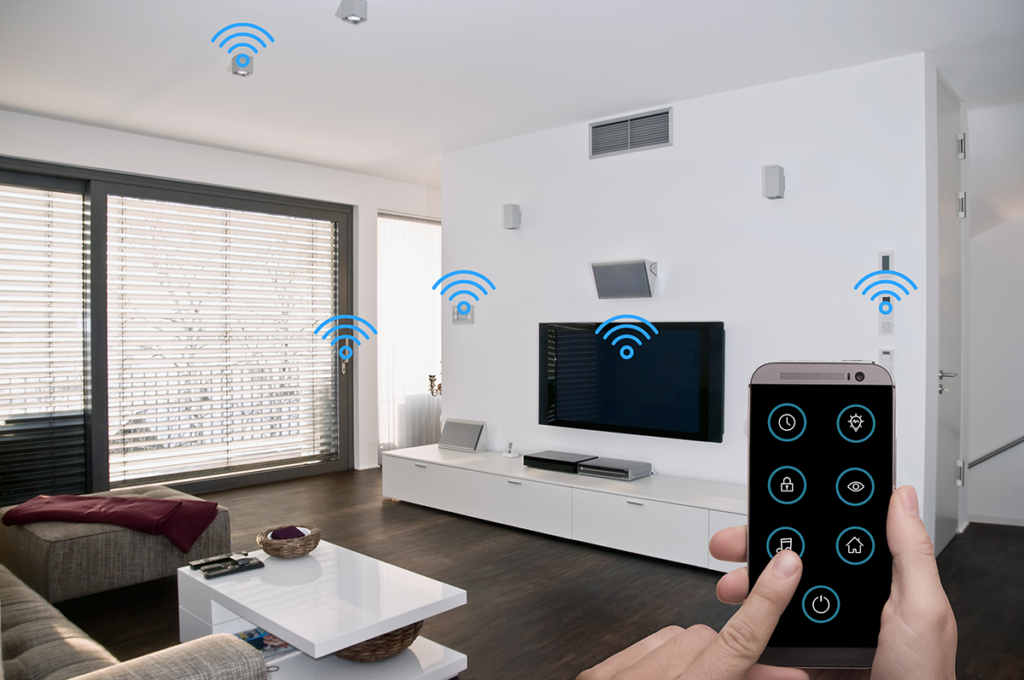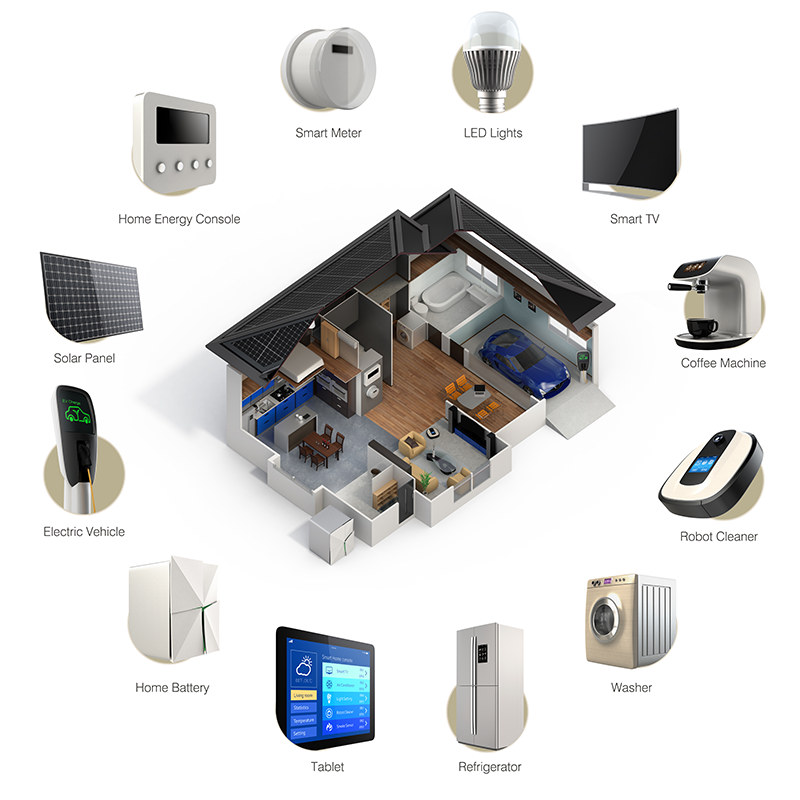Your Home Devices May Be Slowing Down Your Internet Connection

We live in a technologically connected world. It begins with a smartphone; nearly everyone has one. It has moved into the home with home devices like Google and Alexa. With just a simple voice command, we can start and stop a music playlist, get the weather forecast, or get a Chicken Parmesan recipe. They have evolved into security devices that protect you while you are home and away. All of these devices fall under an internet term called IoT, or Internet of Things. And when you have multiple devices in your home, all working at the same time, they may be slowing down your internet connection.
What is IoT, and why does it matter to me?
To put it plainly Internet of Things is anything and everything that connects to the internet. However, it does go beyond this term because, with the evolution of internet-connected devices, IoT must evolve as well. These devices are on a much higher level where they now communicate with each other. These “smart devices” collect information, analyze it, and determine the next course of action based upon the parameters set out in its programming. The owner of the device is normally the person who sets these parameters. For instance, a Home Device can listen for its user to speak a keyword and then activate when that keyword is spoken, then deliver specific results.
Now the issue with IoT devices. When they are purchased, users never consider that they will be using the same bandwidth that their internet and streaming devices are running on. The same 10Mbps or 25Mbps internet connection you rely on to surf Facebook and to stream Netflix will be used to run your Alexa home assistant, Ring doorbell, and Nest home security system. Depending on your device’s configuration, this can hog up quite a bit of bandwidth and cause a noticeable amount of latency in your internet connection if you do not have the proper internet speed.

What devices take up bandwidth?
As we have mentioned, IoT means anything that connects to the internet, and we have already mentioned devices included on this list. But just how do these devices use up your bandwidth in the first place?
- Home Assistants – Relatively low bandwidth. These only activate when spoken to. However, if you are using them to stream music or as a phone or listening device, then that changes things.
- Smart Bulbs – Relatively low bandwidth. They receive the signal to activate, and that’s about it.
- Thermostats – A bit more bandwidth, but still low. Since when you are away from home, you may check it more often, or you may access it more often than a bulb or other smart home device.
- Door Locks – Medium bandwidth. About the same as a thermostat, if you use your device to habitually lock and unlock doors.
- Doorbells – Bandwidth varies. This will depend on if you have an audio-only or video variety. It will also depend on if it records and the storage location. With continuous monitoring, you will draw high bandwidth usage.
- Security Systems – Bandwidth varies. Like doorbells, it will depend on how much security is set up. Audio recording and Cameras will always be the culprits behind high bandwidth usage.
With so many IoT home devices connected at the same time, using the same bandwidth, your internet connection can quickly become clogged and slow down to a crawl unless you have the right internet connection. The situation can be complicated because your devices are often operating off a Wi-Fi network, even though most routers today can handle as many as 200 devices simultaneously.
How can I overcome a clogged network?
You want to be able to surf the internet without a page slowing during loading or crashing. You trust your connection to allow you to stream flawlessly without the dreaded buffering circle. Yet, when you fail to consider that the new security feature to your home that is supposed to protect your devices, is the very thing that will cause those devices not to function properly, you find yourself in quite the dilemma. But what can you do when your home devices are slowing down your internet connection?
Here are a few suggestions to help lower bandwidth consumption:
- Lower the resolution of your security video camera(s.)
- Change the settings of how your security camera(s) or audio device(s) activates.
- Reduce video quality while internet streaming can also help for IoT issues.
- Download repeated music playlists and frequently watched videos instead of streaming on Wi-Fi.
The more devices you add to a network, the more IoT issues you will experience. You have your smartphones, your computers, laptops, smart TVs, or other streaming devices; then you add the smart devices we have mentioned, sometimes you just need smarter internet service.
Overall, the answer is GiGstreem. GiGstreem is not just any internet service provider. Anyone can provide you with an internet connection. What you need is the right bandwidth to handle all your IoT devices and have room to spare when you decide to add more to your home.
The GiGstreem solution for your IoT issues!
GiGstreem provides an internet connection that is first, symmetrical. This is important when it comes to bandwidth and Internet of Things. Symmetrical means that your download speed and upload speed are identical. You will never have to worry about having latency or battling the IoT device issues. We offer speeds from 100Mbps up to 1GiG. You select the package that will suit your family and device needs.
Another great thing about GiGstreem is that we do not have data caps, nor do we throttle you for reaching a threshold or during ‘peak hours’ like other internet companies do. You are always on, and you will experience a lightning-fast connection on GiGstreem’s dedicated lines. We are your solution when your home devices are slowing down your internet connection.
GiGstreem is available in several multi-family communities in New York, New Jersey, South Carolina, Virginia, Maryland, D/C, Florida, and California. To learn more about how GiGstreem can make a difference in your IoT connected home, give us a call, or send us an email. Contact one of our agents today. For your convenience, we are available 24/7.